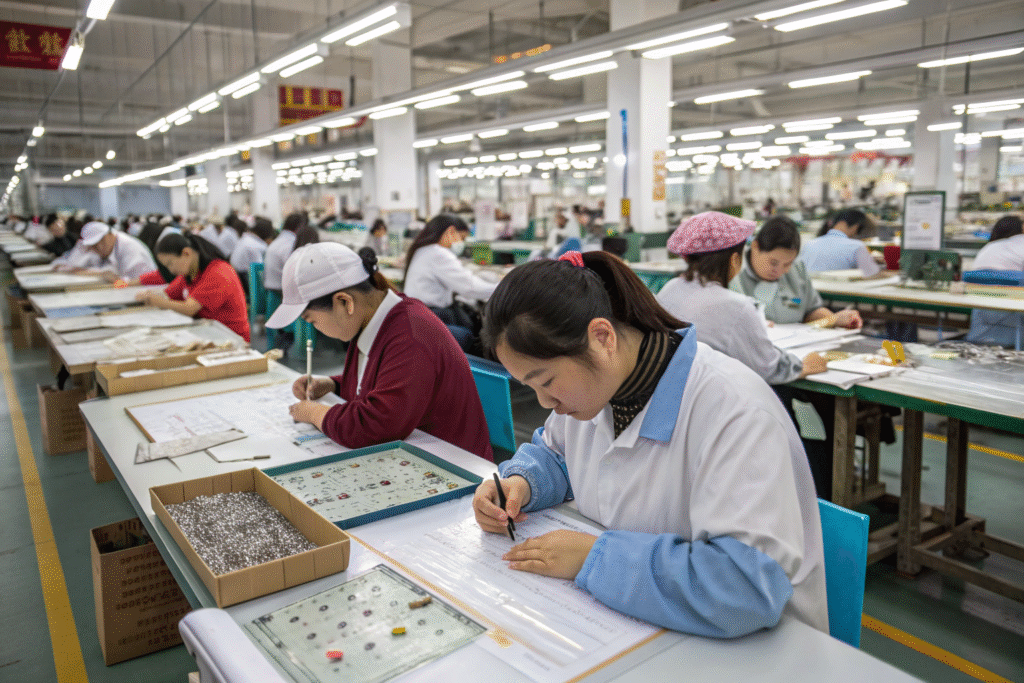When customers request new hairpin designs, they expect speed and precision. In today’s fast-paced fashion accessory market, slow development means missed trends, lost revenue, and disappointed buyers. Many manufacturers struggle to balance creativity, production efficiency, and cost control, resulting in long lead times.
Manufacturers can cut hairpin development cycles by 40% by integrating faster prototyping, better communication with clients, and streamlining production workflows without sacrificing quality.
To make this happen, it’s not just about working harder — it’s about working smarter. I’ll share exactly how we’ve helped global buyers accelerate their product launches by combining advanced manufacturing, dedicated design teams, and agile supply chain management.
Implementing Rapid Prototyping for Hairpins
Speed matters in hairpin manufacturing. Traditional design-to-sample cycles can take weeks, slowing down your market entry. Rapid prototyping changes that by producing testable samples in days rather than weeks.
By adopting 3D printing, digital modeling, and automated cutting tools, manufacturers can create multiple sample variations quickly, reducing the time needed to finalize designs and move to mass production.
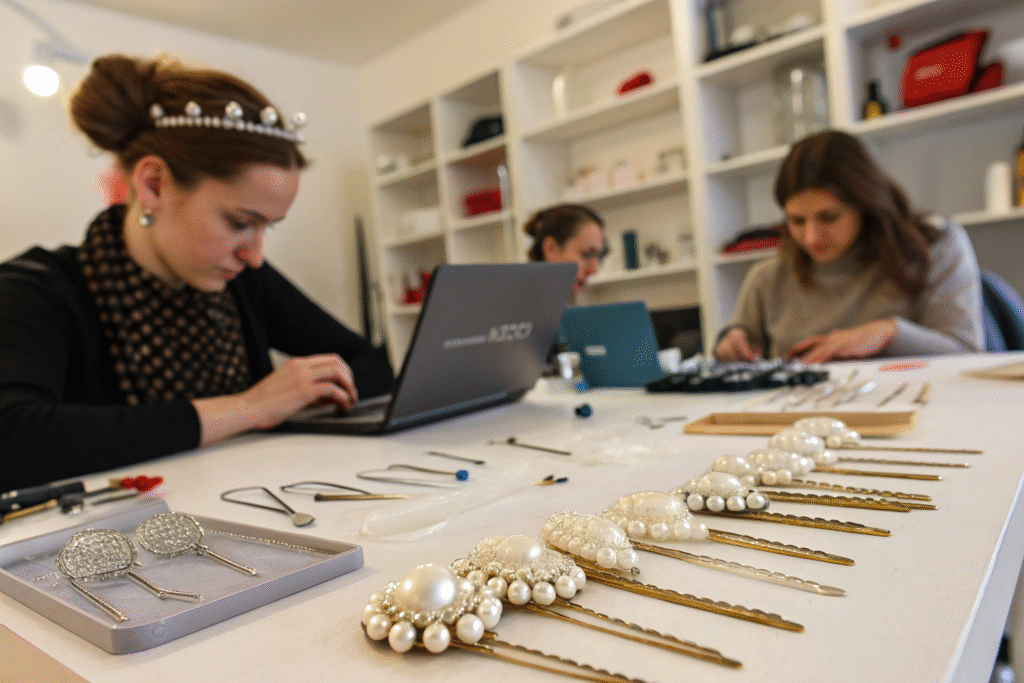
Using rapid prototyping, you can test new styles faster, adjust details immediately, and avoid the costly delays of traditional hand-crafting only for revisions. This method also gives buyers a more tangible preview of final products, helping secure approvals faster.
What Materials Work Best for Prototyping?
Material choice affects both speed and cost. PLA plastic works well for shape testing, while aluminum and coated metals offer durability for functional trials. See how 3D printing materials for accessories compare in cost and speed. Also, sourcing from a reliable accessories material supplier ensures consistency.
How Can Design Teams Shorten Approval Times?
Digital renders and sample kits help clients approve designs faster. Using a virtual prototyping platform reduces back-and-forth emails, while setting fixed review schedules can shave days off approval cycles. Many brands use online collaboration tools to streamline feedback.
Strengthening Supplier-Client Communication
Poor communication creates production bottlenecks. Misunderstood design requirements, unclear feedback, and late approvals all slow down development cycles.
Establishing clear, structured communication channels between suppliers and buyers can reduce misunderstandings, speed up decision-making, and shorten production timelines.
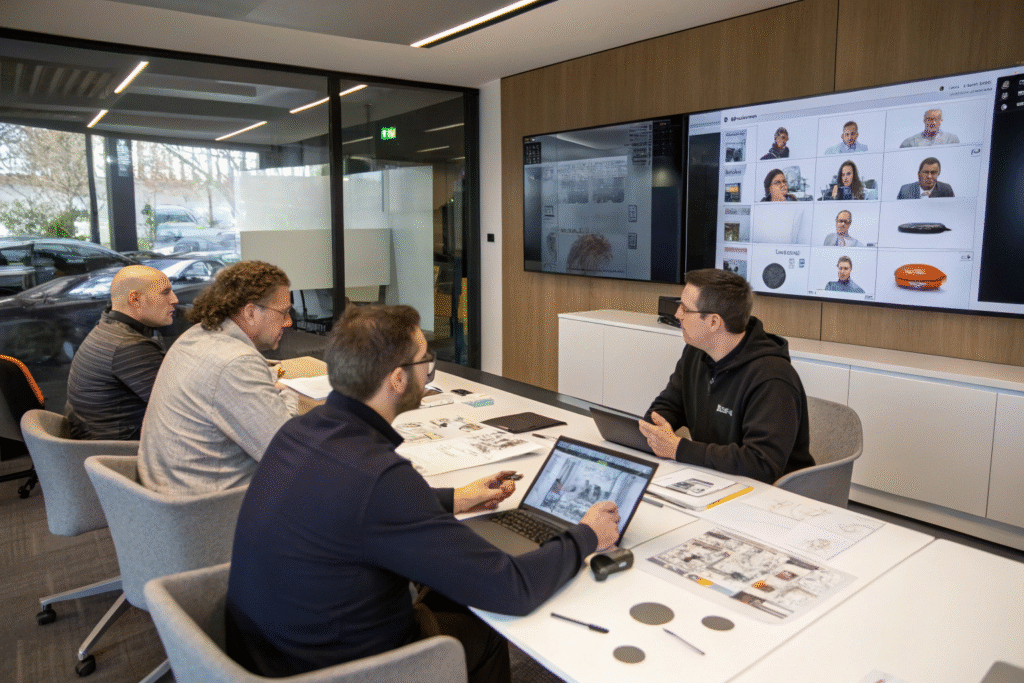 )
)
We’ve seen how simple changes like scheduled updates, shared project dashboards, and visual confirmations cut weeks from project timelines.
What Tools Help Keep Overseas Projects on Track?
Platforms like Trello or Asana allow real-time task tracking. Video calls via Zoom help bridge cultural and time-zone gaps. Documenting agreements on Google Docs ensures everyone has the same reference point.
How Can Language Barriers Be Reduced?
Using bilingual project managers, standardized templates, and translation tools like DeepL minimizes delays caused by unclear communication. Regularly sharing visual aids via Dropbox also reduces misinterpretations.
Streamlining Production Workflows
Even with perfect designs and communication, inefficient production workflows can waste precious time.
By adopting lean manufacturing methods, investing in automation, and training staff for multi-role flexibility, manufacturers can drastically reduce production delays.
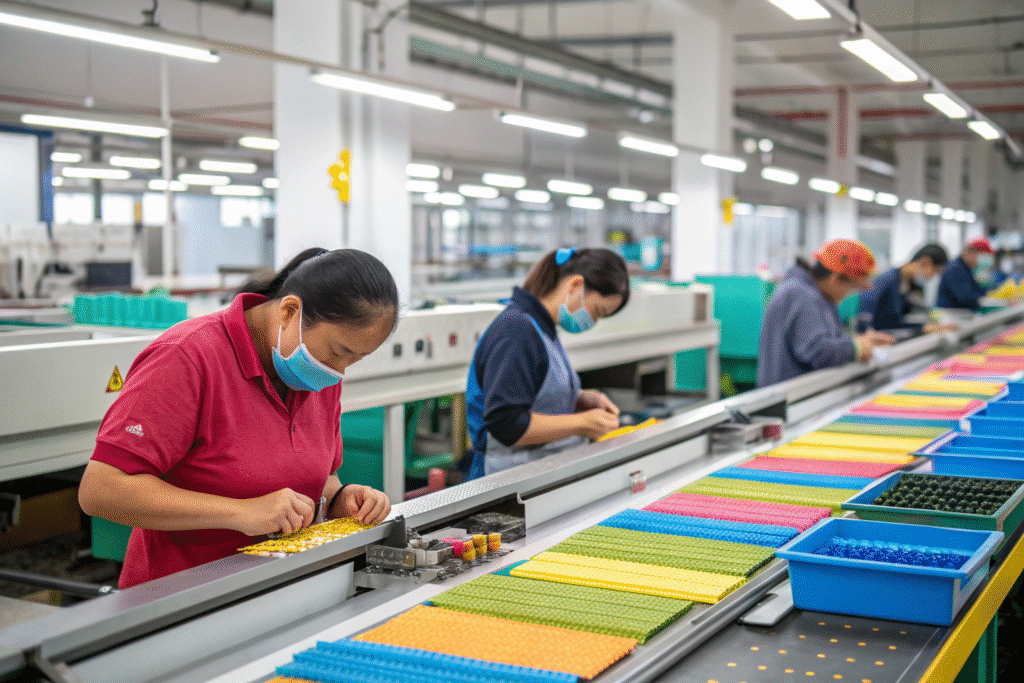
From material preparation to final packaging, each stage must be optimized for speed without compromising quality.
Which Automation Tools Deliver the Best ROI?
Automated cutting, polishing, and packaging equipment often provide the biggest time savings. For example, CNC machines for accessories improve precision, while automated packaging systems increase output without extra labor.
How Can Lean Principles Be Applied to Hairpin Manufacturing?
Mapping the production process, removing redundant steps, and implementing Kaizen practices allow continuous improvement. Using Just-in-Time inventory systems also reduces storage delays and frees up working capital.
Reducing Shipping and Customs Delays
A product ready in the factory but stuck in customs is still a late product.
By planning shipping schedules in advance, working with experienced freight forwarders, and preparing proper documentation, manufacturers can avoid weeks of delay.
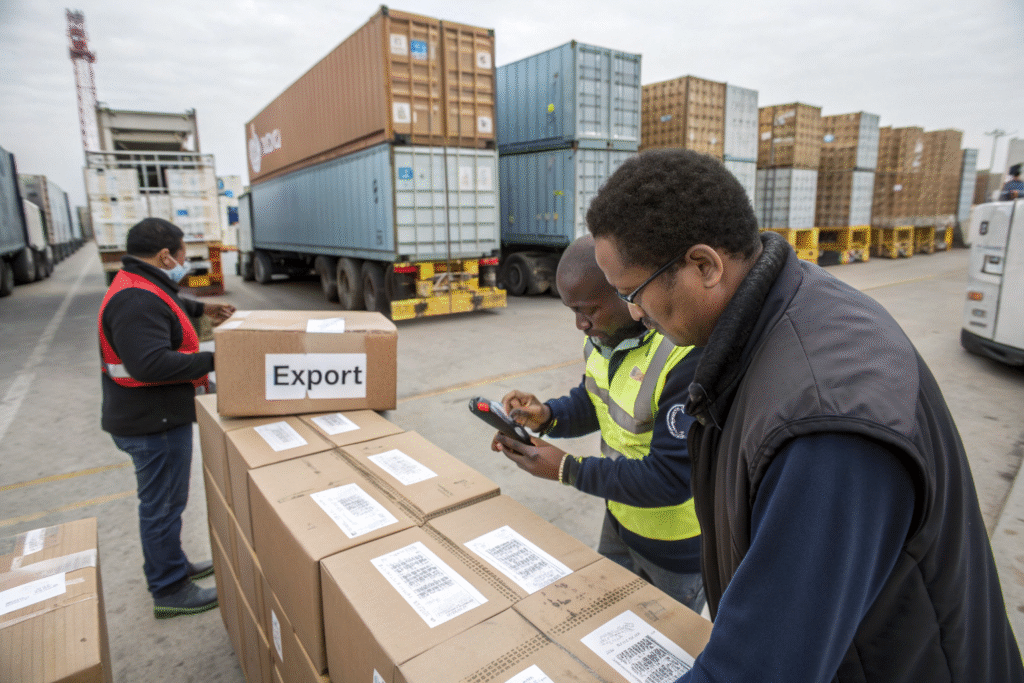
Shipping and customs clearance are often underestimated in the overall development timeline.
What Logistics Partners Work Best for Accessories?
Choosing partners with proven track records in fashion accessory logistics is crucial. DHL Express and FedEx International are reliable options for air freight, while Maersk handles large sea shipments.
How Can Tariff Costs Be Managed?
Working with customs brokers can prevent errors that cause costly delays. Understanding HS codes and leveraging trade agreements may reduce tariffs, making shipments both faster and cheaper.
Conclusion
By embracing rapid prototyping, improving communication, streamlining production workflows, and planning shipping proactively, hairpin manufacturers can realistically reduce development cycles by 40% or more. This means faster product launches, better trend responsiveness, and happier clients.
If you’re ready to speed up your hair accessory production without compromising quality, contact our Business Director Elaine at elaine@fumaoclothing.com. At Shanghai Fumao, we specialize in delivering fast, reliable, and beautiful hair accessories for global brands.

